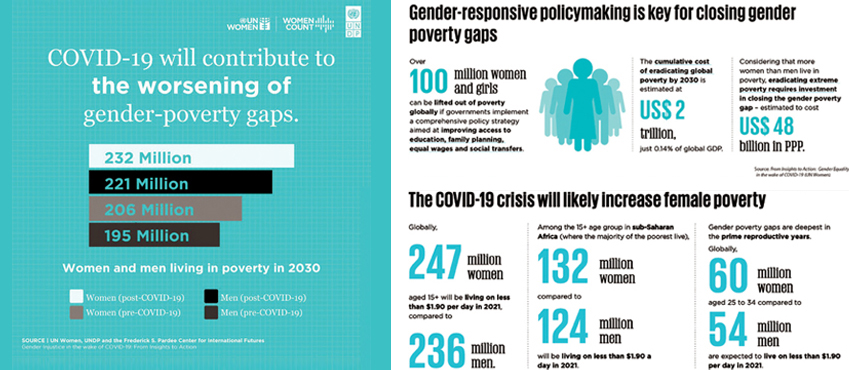
Corporate Citizen Claps For The Indian Institute Of Technology, Bombay (Iit-B) And Its Recent Landmark Animated And Virtually Hosted, 58th Convocation Ceremony, That Has Been Much Lauded Globally

Bringing a state of the art, VR (Virtual Reality) construct, 3D virtual ‘avatars’ of the institute’s graduating students received their coveted degrees from Subhasis Chaudhuri, Director of IIT-B. While the students were not physically present on the dais, their personalised virtual 3D avatars walked up enthusiastically to receive their degrees from 3D avatars of the director and chief guest, Duncan Haldane, the 2016 Nobel Laureate (Physicist). Over 2,400 students across undergraduate, postgraduate and doctoral programmes graduated from the institute this year. And of these, some 1,255 are said to have participated via the specially designed - ‘IIT Bombay Convocation 2020’ mobile application from the comfort of their homes. This has brought much pride and respite to the graduates who could come close to experiencing the joy of attending a convocation ceremony despite the pandemic lockdown. It took the ingenuity of 20 experts and more than 5000 people hours and skilled designers from the IDC School of Design, to plan, design and execute the platform and the mobile application. Graduates could also take a virtual tour of the campus and hang out with friends at their favourite joints. Once downloaded, the application can run without internet connectivity. Prime Minister Narendra Modi tweeted on the event calling it a “wonderful mix of tradition and technology.” P Sunthar, co-convener of the ceremony explained that the most challenging part was to bring together the convocation scene where the delegation of 38 members was supposed to sit and stand together with the national anthem. Individual videos were shot and aggregated to make it seem that the delegation was present during the virtual event. To fulfil this act, each delegate had to walk separately on the dais and then take their individual positions. The IIT-B VR exposure, while touching a few emotional chords, is undoubtedly a precursor for aspiring engineers and graduates to think innovatively and to sync in the ‘real’ with the ‘virtual’ world!
Corporate Citizen Slaps Over The Bad News Of The New U.N. Prediction That The Coronavirus Pandemic Will Likely Push Close To 47 Million More Women, And Girls Into Extreme Poverty By 2021

The projection by the UN Women and the UN Development Programme (UNDP) reverses decades of all the good work done in uplifting this demographic divide that had enabled women to gradually rise above the poverty line. While the poverty rate for women was expected to decrease by 2.7% between 2019 and 2021, the same is now projected to increase by 9.1% due to the pandemic and its aftermath. The projections show that women will be disproportionately affected, especially those of reproductive age. For every 100 men aged 25 to 34 living in extreme poverty (living on $1.90 a day or less), there will be 118 women; a gap that is expected to increase to 121 women per 100 men by 2030. “The increases in women’s extreme poverty is a stark indictment of deep flaws in the ways we have constructed our societies and economies,” said Phumzile Mlambo-Ngcuka, Executive Director (Women), UN. The new UN analysis indicates that the total number of women and girls living in extreme poverty will increase to 435 million, with the projections, not likely to revert to pre-pandemic levels until 2030. The indicators are attributed to existing multiple inequalities in driving swift, restorative policy action that is centred around women in general and especially during the pandemic recovery. The real numbers are expected to go much higher, especially, if governments fail to act; as women are largely employed in the hospitality and some of the most affected service sectors, like food services, and domestic work. They have been particularly vulnerable to layoffs and loss of livelihood. “We know that women take most of the responsibility for caring for the family; they earn less, save less and hold much less secure jobs in fact, overall, women’s employment is 19% cent more at risk than men’s,” said Mlambo-Ngcuka. Time to rise above prejudices and mere institutional goodwill are government’s even listening?